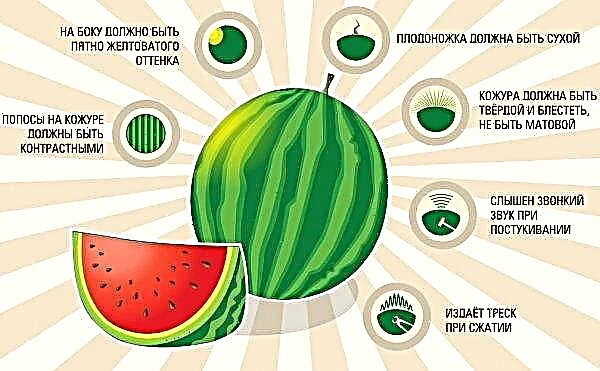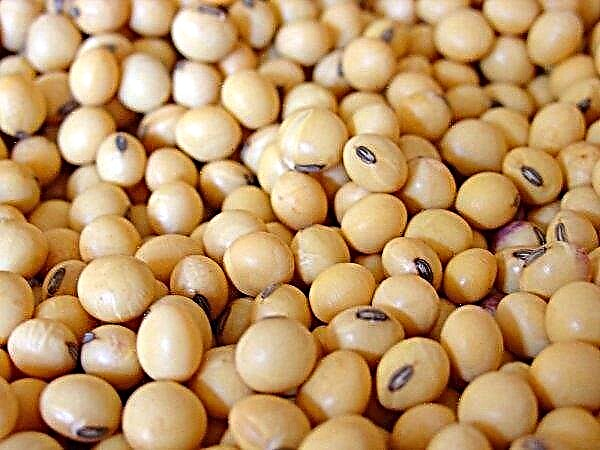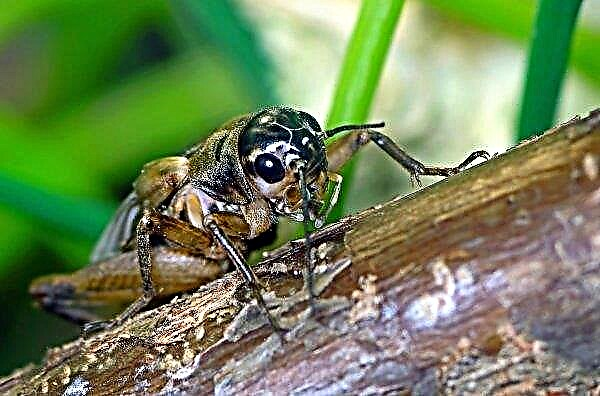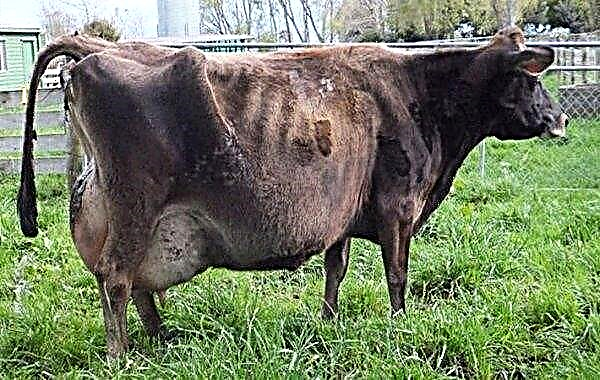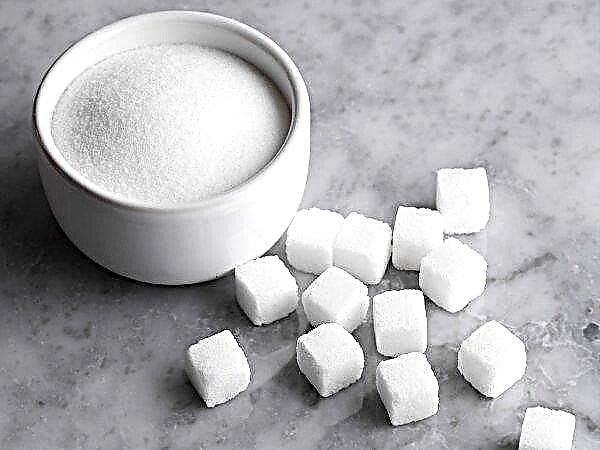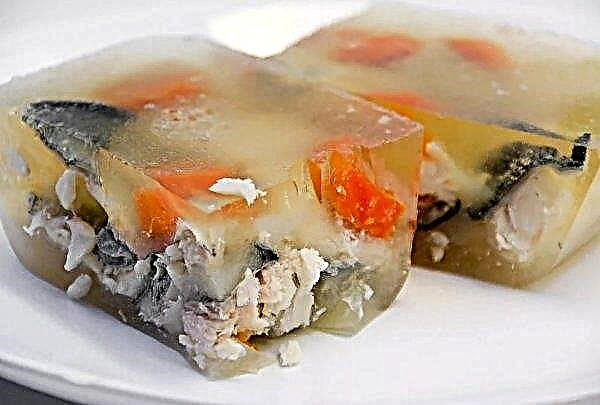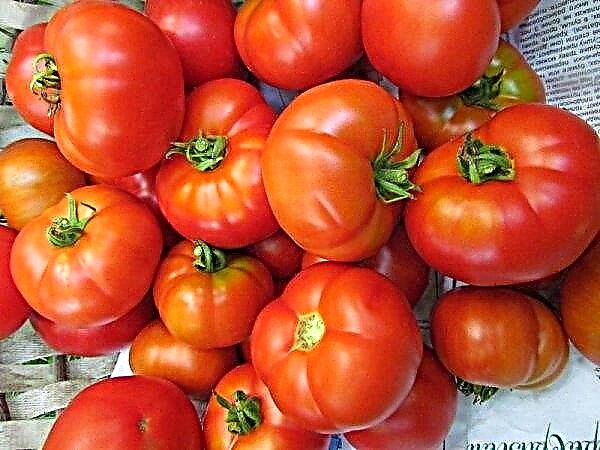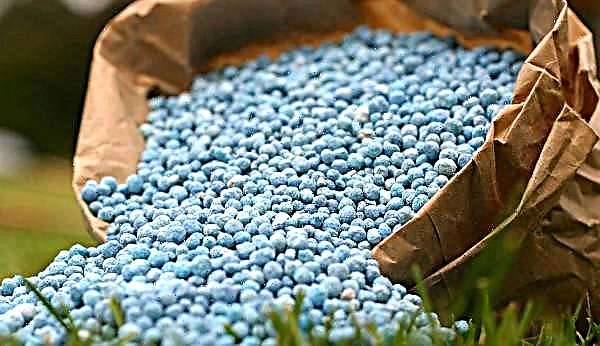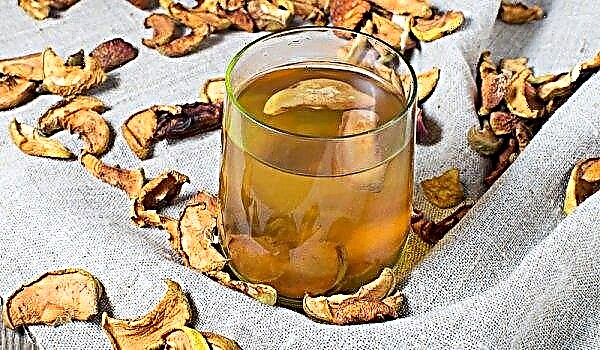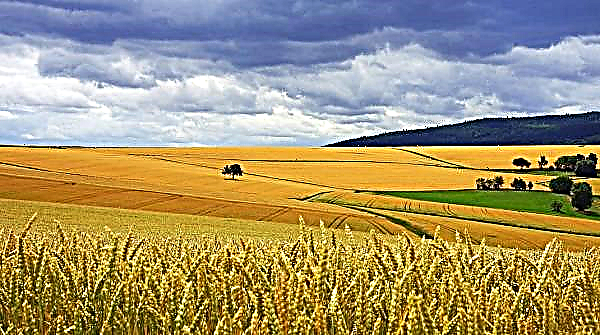For decades, wheat has been considered the central crop. The well-being and independence of many countries to a greater extent depends on its productivity, as well as the quality of the grown grain. That is why agronomic technologies for growing this plant give special attention. The article describes in detail how and why to feed wheat with urea after flowering, and also describes all the advantages and disadvantages of this mineral mixture.
Urea properties
By urea (urea) it is customary to mean a specific chemical compound, which is a diamide of carbonic acid. The substance has the form of white crystals without any specific odor, soluble in almost any solvent, including water and ethanol. In its essence, urea is a chemically synthesized fertilizerobtained in the course of the Bazarov reaction with the participation of ammonia and carbon dioxide. In the natural environment, a substance is formed as the final product of the metabolism of protein compounds in animals and fish.

In agriculture, the substance is used as a central mineral fertilizer.. Urea approximately 40–50% consists of nitrogen readily assimilated by plants, which with periodic use can completely satisfy the need of cultivated species for this element. In the end result, this makes it possible to improve the productivity of winter, spring wheat, and other crops by 30–40%.
Despite its artificial origin, urea is considered the safest chemical fertilizer.. All kinds of dressings even with saturated solutions do not lead to serious side effects for the environment. Since, unlike other compounds, urea does not contain a specific biuret toxicant (unlike other nitrogen fertilizers), which allows it to be used throughout the entire vegetation period of plants.
Did you know? Wheat is considered one of the first cultivated plants. Her artificial breeding began as early as 10 thousand years ago, while the southeast of modern Turkey is considered the center of cultural distribution around the world.
Why feed after flowering
Despite the fact that wheat needs an abundance of nutrients only during the period of germination, tillering, and also the phase of exit into the tube, top dressing after flowering is also quite important for it. This especially affects crop yields, since a lack of nitrogen at this time can be the main reason for the decline in crop productivity.

After flowering, active formation takes place, as well as further pouring of grain. In this phase of development, it is vital for plants to have a powerful and uninterruptedly functioning photosynthetic apparatus, due to which the synthesis of important substances occurs. Its role to a greater extent depends on specific formations - chloroplasts, which contain a photosynthetic element - chlorophyll. And their activities and education depend on nitrogen nutrition.
That is why even only 1-2 supplementary feeding after flowering make it possible to increase the size of ears, as well as increase their productivity. In the end result, the collected grain will be distinguished by increased mass and excellent quality characteristics. At the same time, a sharp entrainment in the amount of gluten and protein compounds can be expected in the crop.

Advantages and disadvantages of urea top dressing
Any protective agent or fertilizer existing on the market has its pluses and minuses, and urea is no exception in this regard. Each farmer should fully possess this knowledge, since the expediency and success of using this or that means often depends on them.
- The main advantages of this fertilizer are:
- the possibility of use in dry form, as well as as a solution;
- high digestibility by plants;
- environmental safety;
- minimum harm to plants even when exceeding the recommended norm;
- guaranteed effect regardless of climate and other factors;
- has an insecticidal effect.
- Urea does not have many disadvantages, but they still exist. These include, first of all, the following:
- it can cause inhibition of seed germination;
- if technology is not followed, urea emits ammonia, which is extremely harmful to young plants with low immunity;
- the substance requires special storage conditions;
- urea should not be mixed with any other fertilizers or plant protection products.
Dates and rates of fertilizer application
To achieve optimal indicators of yield and grain quality, top dressing of wheat after flowering is carried out at least 2 times. The optimal periods for this are considered to be the earing phases (one week after flowering) and the loading of grain. However, top dressing can be carried out with greater frequency, up to milk ripeness of the crop. At the same time, at least 2-3 weeks must pass between the procedures, since neglect of these terms can have a detrimental effect on the culture.
Video: Avoiding wheat burns when feeding with urea
When feeding wheat, the average statistical standards used for fertilizer and other crops should be used. To do this, it is enough to use about 25-30 kg of fertilizer per hectare of beds.
Important! You should not overdo it with top dressing with carbamide, when the substance is oversaturated in the environment, the balance between the activity of the growth of green mass and the crop is shifted. And this in most cases leads to a decrease in wheat productivity.
How to feed
In order to supply winter and spring wheat with the necessary amount of nitrogen, after flowering, urea is introduced using the so-called foliar (leaf) method. For this, special working solutions for spraying are prepared from dry granules, with a calculation of 50 g of urea per 10 l of water. About 15–20 m² of crops are generously treated with this mixture.

Urea solutions are made based on the strict technology of foliar top dressing. To do this, it is enough to adhere to the following rules:
- urea is introduced at a temperature not lower than + 20 ° C and is mandatory with sufficient soil moisture;
- the best time for this is considered to be early morning or evening; in cloudy weather, processing can be done throughout the day;
- spraying is carried out using special devices, the solution should be crushed into drops of minimum size;
- all green mass, including the stem, is subjected to processing;
- in order for urea top dressing to affect wheat as efficiently as possible, they must be combined with feeding culture with phosphorus mixtures, as well as complex micronutrient preparations based on zinc and cuprum.
Important! All work must be carried out with the use of personal protective equipment. Urea can release ammonia fumes that are toxic to humans.
Can carbamide be used for sowing wheat
As described above, urea is considered one of the most effective and safe nitrogen sources for plants. Without this substance, it is impossible to imagine the formation of protein compounds, which will directly affect the activity of growth of the green mass of plants. That is why the use of this fertilizer for sowing is not only acceptable, but also considered a necessary requirement for a good crop.

Its consumption rates are 50-60 kg / ha, while in the case of using organic mixtures, this figure should be reduced by about 20-30%. Urea is introduced directly during or shortly before plowing the soil. The substance is highly volatile, which is why the dispersion of granules on the surface of the soil without deep plowing makes the procedure pointless.
Did you know? Erik Watson of New Zealand holds the world record for increasing wheat yields. The farmer at his plot managed to achieve an indicator of 16.7 t / ha, which is about 2 times more than the average yield.
Nitrogen is one of the main compounds necessary for highly productive crops throughout the entire growing season. This need for modern agricultural chemistry can be satisfied with the help of urea, which is considered not only the most effective, but also a safe compound for the environment. It is introduced at every stage of wheat growing, up to milk ripeness of ears, due to which it is possible to achieve maximum yields and only large, high-quality grain.

